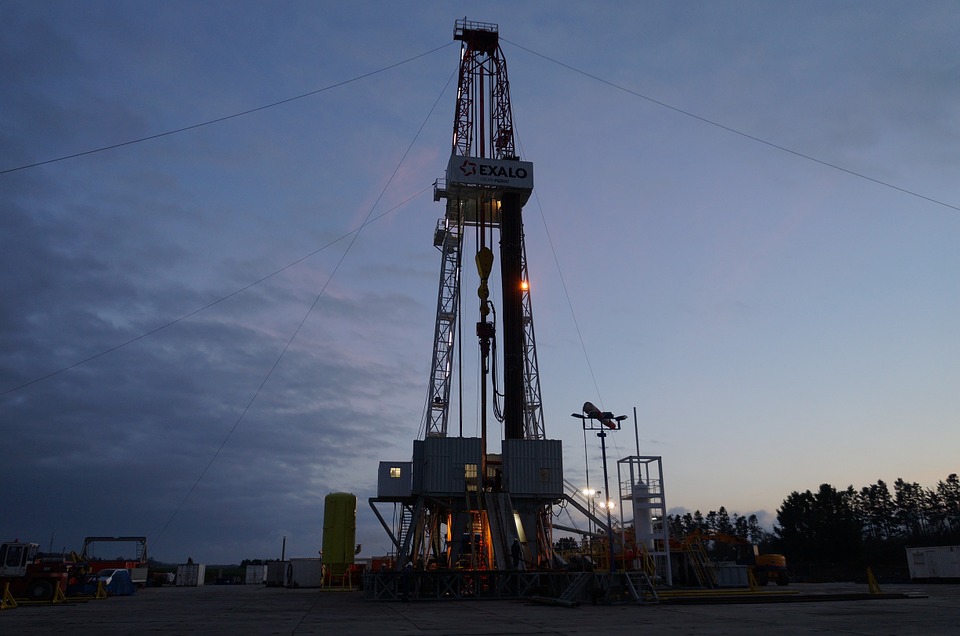
The price of liquefied natural gas (LNG) in the U.K. soared to more than 1 British pound (US$1.39) per therm, the highest level since 2005. According to the Financial Times, a therm measured the amount of energy present in natural gas. Meanwhile, prices of LNG in Europe hit 40 euros (US$47) for the first time. A prolonged winter drained LNG storage levels across Europe, increasing prices as a result.
Asia also saw spikes in prices as the region attempted to attract LNG cargoes to meet strong energy demand. Energy consultancy firm ICIS said spot prices of LNG cargoes reached past US$15 per million British thermal units (MMBTU). Prices in Europe and the U.K. amounted to almost US$14 per MMBTU when converted.
Russia, the largest supplier of LNG, sent less gas to the continent than before the Wuhan coronavirus (COVID-19) pandemic. It did not send top-up LNG volumes to Ukraine in recent months despite rising prices and demand in mainland Europe. Critics put forward the possibility that Moscow is trying to pressure the European Union to approve the launch of the Nord Stream 2 natural gas pipeline in late 2021.
ICIS natural gas analyst Tom Marzec-Manser said: "If anything, it's surprising there hasn't been more concern. In terms of additional supply, there aren't many options on the table globally. Russia is really the only discretionary source of supplies out there, but we don't know when additional deliveries might start. So traders around the world, from Japan to Brazil, are starting to watch European prices too."
However, Russia had not been the only factor in rising LNG prices. Natural gas supplies around the world have tightened as big economies rebounded from the COVID-19 pandemic. For instance, Brazil's imports of LNG climbed to the highest on record as droughts negatively affected its hydropower plants.
Price spikes threaten LNG's use for heating in the winter
European domestic LNG production from the North Sea and the Groningen gas field in the Netherlands also experienced sharp declines. The Groningen field was forced to restrict LNG production due to a series of minor earthquakes. A report by S&P Global said the full closure of the onshore Groningen gas field could take place as early as 2023.
Dutch gas grid operator Gasunie Transport Services (GTS) said in a June 2021 statement: "GTS has indicated to the [Dutch economic affairs] minister that it is possible to have the final closure of the Groningen field take place as early as 2023."
Under current plans, the majority of Groningen's LNG production will end in mid-2022. However, parts of the field will be kept open as a back-up gas source. The plan added that full closure for Groningen will likely happen between the middle of 2025 and the middle of 2028. GTS's statement opened the possibility that the field could be shut down permanently ahead of schedule.
Nevertheless, analysts noted that northern European LNG production has declined by at least 10 percent since the first half of 2019. (Related: Stable energy for America: Natural gas supply in the eastern U.S is growing faster than demand.)
Meanwhile, the U.S.'s natural gas output had also been lower than forecast before the pandemic. When American oil production dropped in 2020 alongside plunging prices, it also had an indirect effect on gas output. Natural gas was often produced as a by-product of crude oil. (Related: Carbon dioxide may be the key to unlocking vast natural gas resources, research says.)
LNG prices in the U.S. rose to above US$4 per MMBTU, but they still remained far lower than in Europe. This was partly driven by insufficient LNG export capacity, which did not allow traders to effectively arbitrage the difference between the two regions.
The tight global market for LNG has created anxiety over the coming winter. Demand for natural gas in Europe typically increased in winter as people heat homes and offices. Fuel switching by electricity generators – from natural gas to coal – has lowered demand in previous periods of high prices. Rising prices of thermal coal made this practice less viable, however.
NewEnergyReport.com has more articles about LNG as an energy source.
Sources include:
Please contact us for more information.























